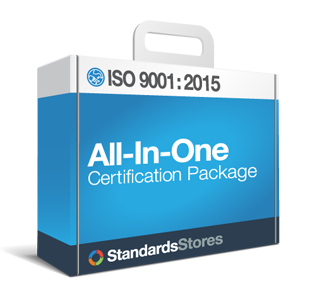ISO 9001 Uses a Plan-Do-Check-Act Model

Plan > Do > Check > Act (PDCA) cycles are one of the most established cycles among quality control procedures. But they have been elevated and broadened under ISO 9000-2015 by:
- Making PDCA more integral to the entire quality management process, including structuring upcoming ISO standard revisions around it such as the ISO 14001 environmental standard. It is discussed explicitly in the standard’s introduction, but implied throughout including sections such as:
- Planning (section 6)
- Resources (section 7)
- Performance Evaluation (section 9)
- Improvement (section 10)
- Making it a stated element of the risk management approach which itself replaces “preventive action” in the standard to align quality goals and processes with operational approaches
- Moving continual improvement from a delegated position to a direct management responsibility (section 9.3)
- The Inputs of a PDCA cycle now should include the “Context of the Organization” and the “Needs, Expectations & Requirements of Relevant Parties.”
Here are PDCA’s basic concepts:
PLAN
Establish the objectives and processes necessary to deliver expected results. By making the desired output the focus, it ensures that the completeness and accuracy of the specification is also part of the improvement.
When defining the objectives,
- Define: owner, customer, customer requirements
- Identify/Provide inputs, outputs, resources required, monitoring method & measurement method
DO
Implement the new processes.
CHECK
Measure the new processes and compare the results against the expected results to determine any differences.
ACT
Analyze the differences to determine their cause. Each will be part of either one or more of the P-D-C-A steps. Take Corrective Action, Preventive Action OR Improve The Process
Determine where to apply changes that will include improvement. When these four steps does not result in the need to improve, refine the scope to which PDCA is applied until there is a plan that involves improvement.
The Process Approach approach enables the organization to meet customer requirements and deliver continual improvement.
See ISO Document: Guidance on the Process Approach for Management Systems
Please note that certain text from the ISO 9001 standard is only used for instructional purposes. Standard Stores recognizes and respects the International Organization for Standardization (ISO) copyright and intellectual property guidelines.


